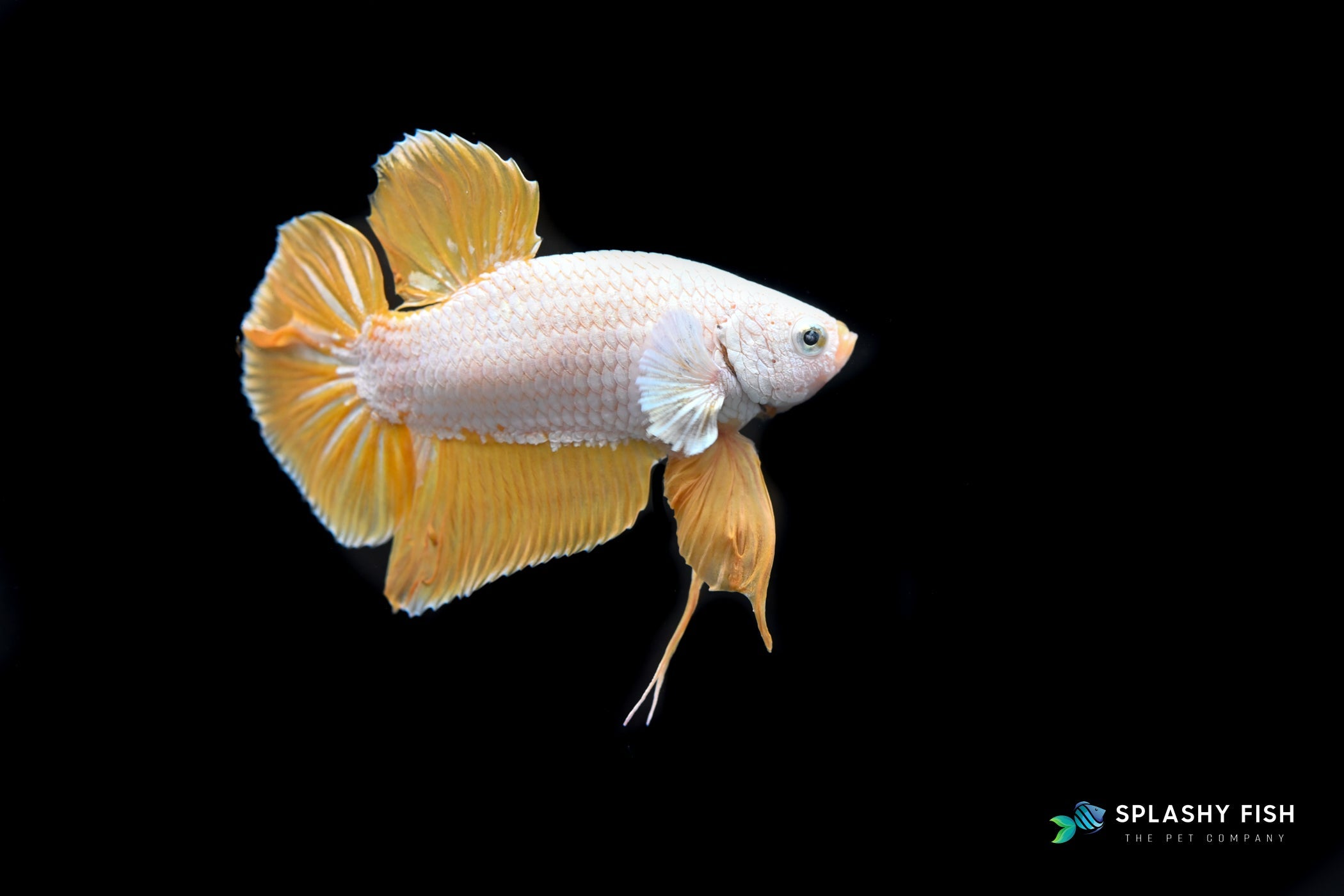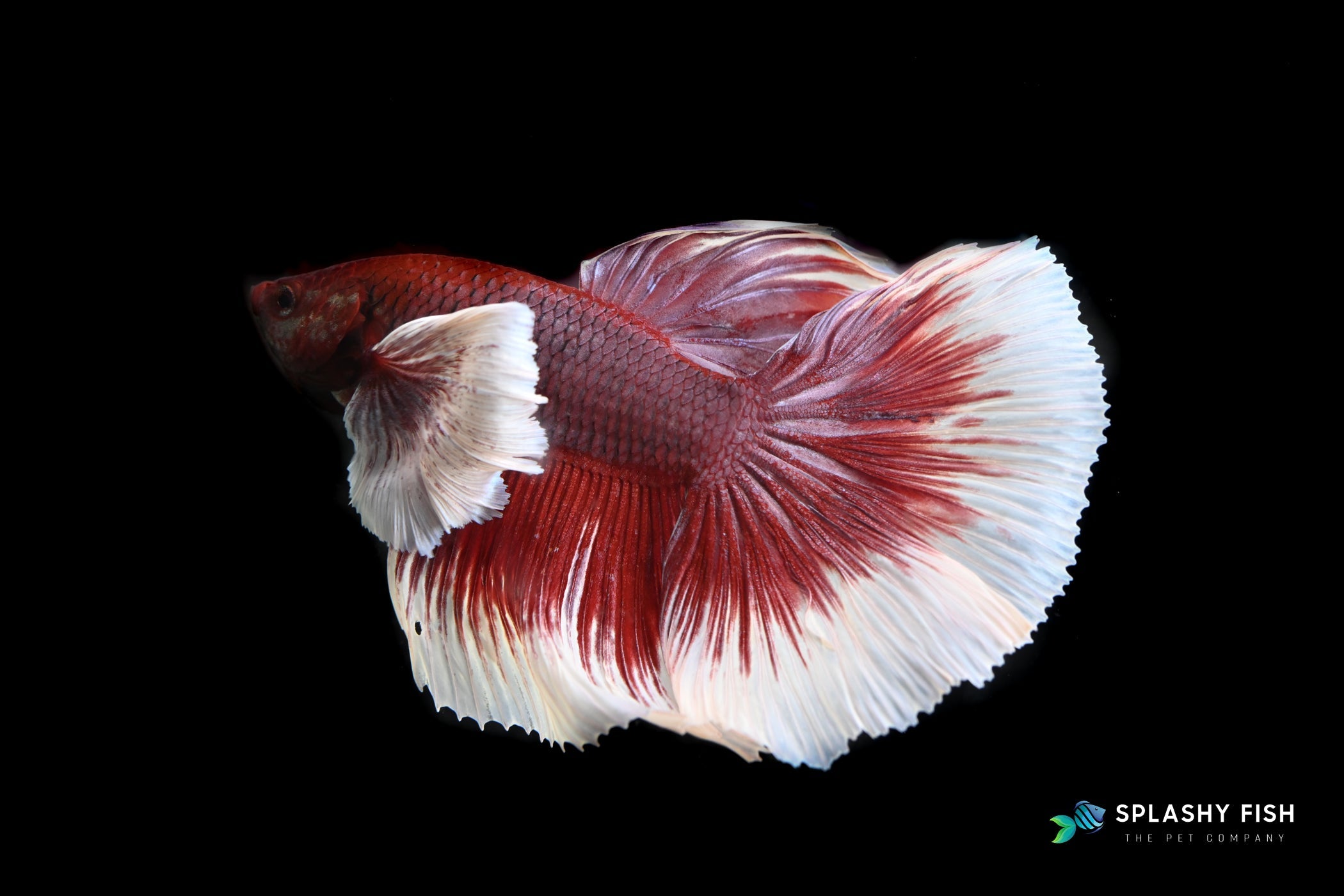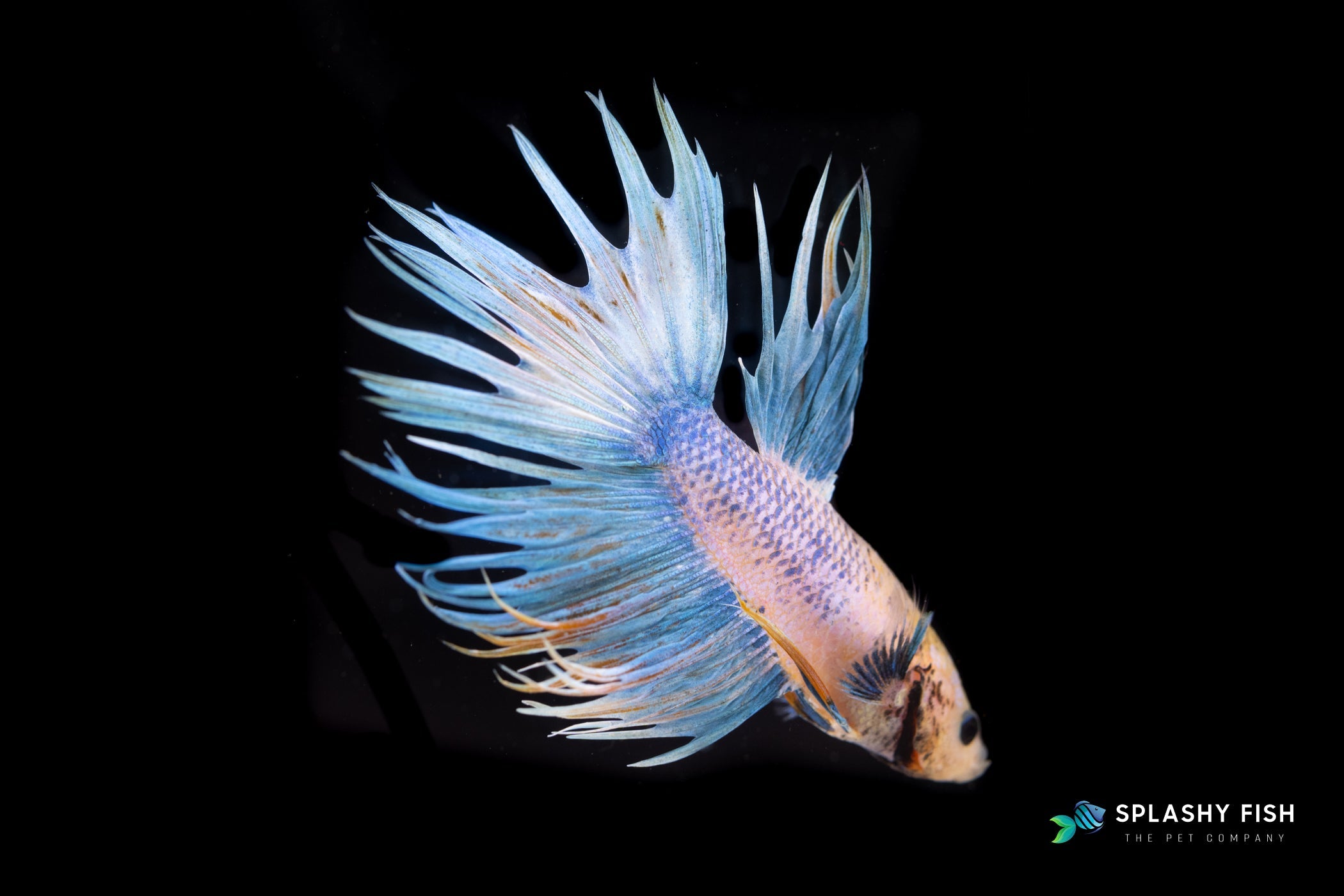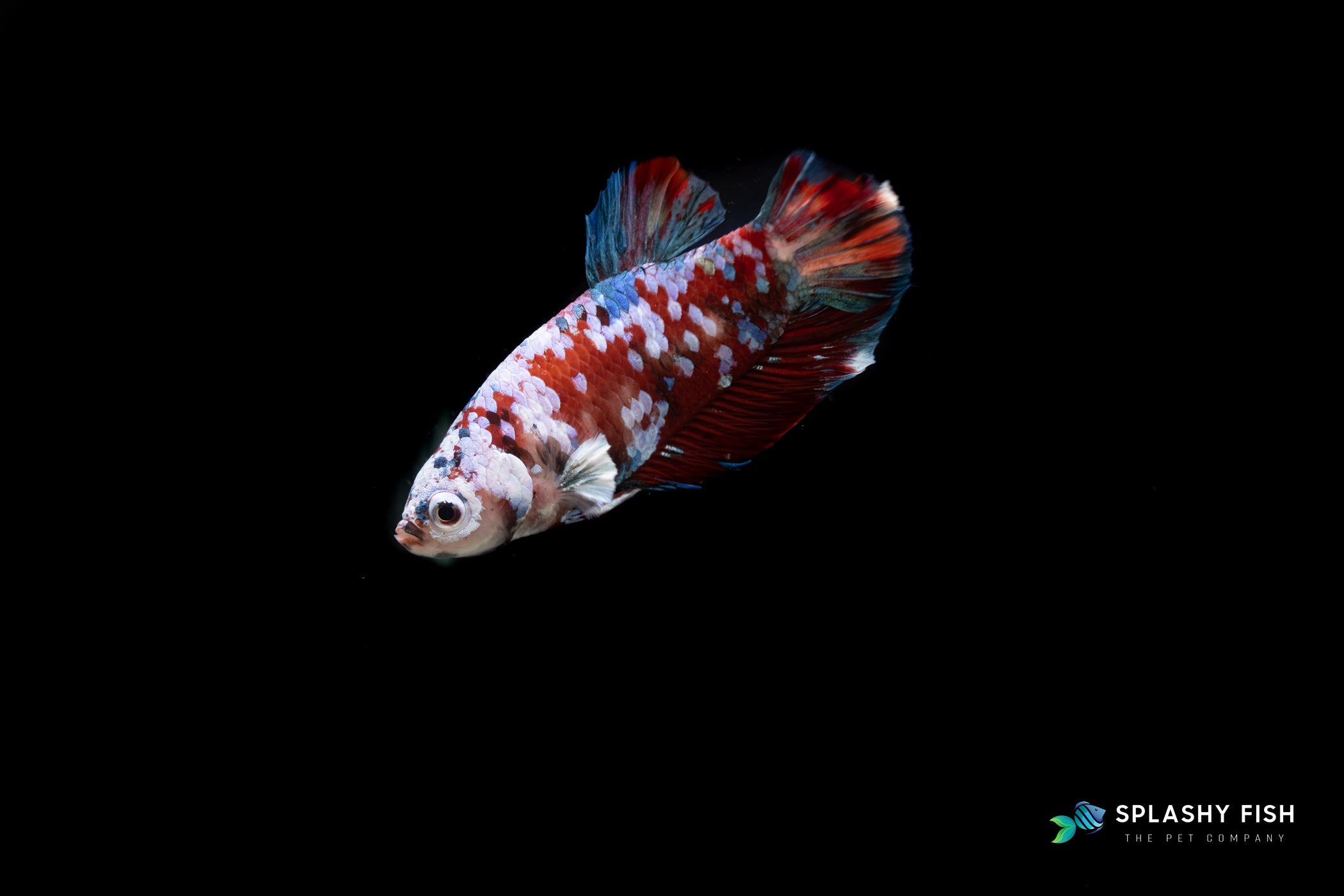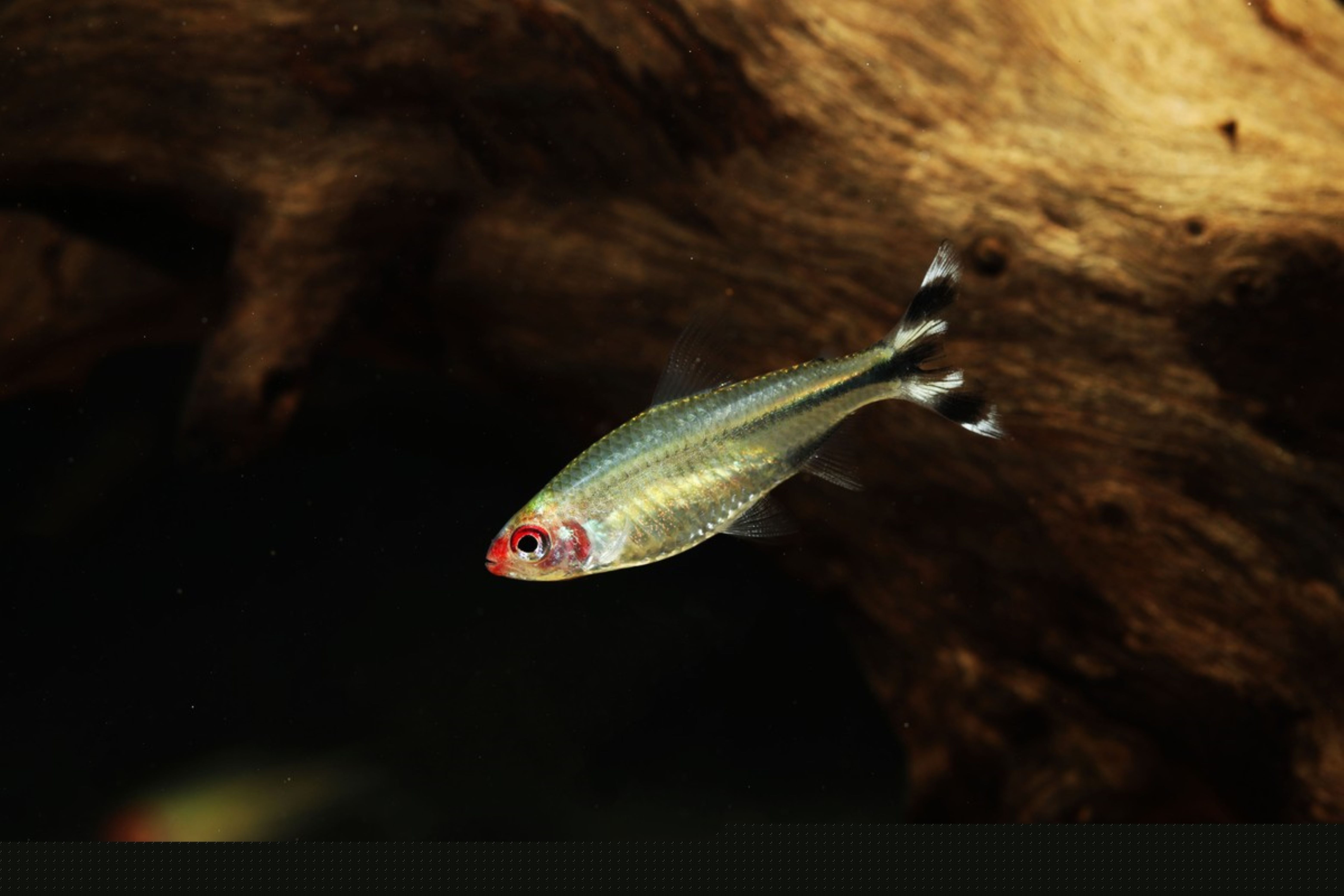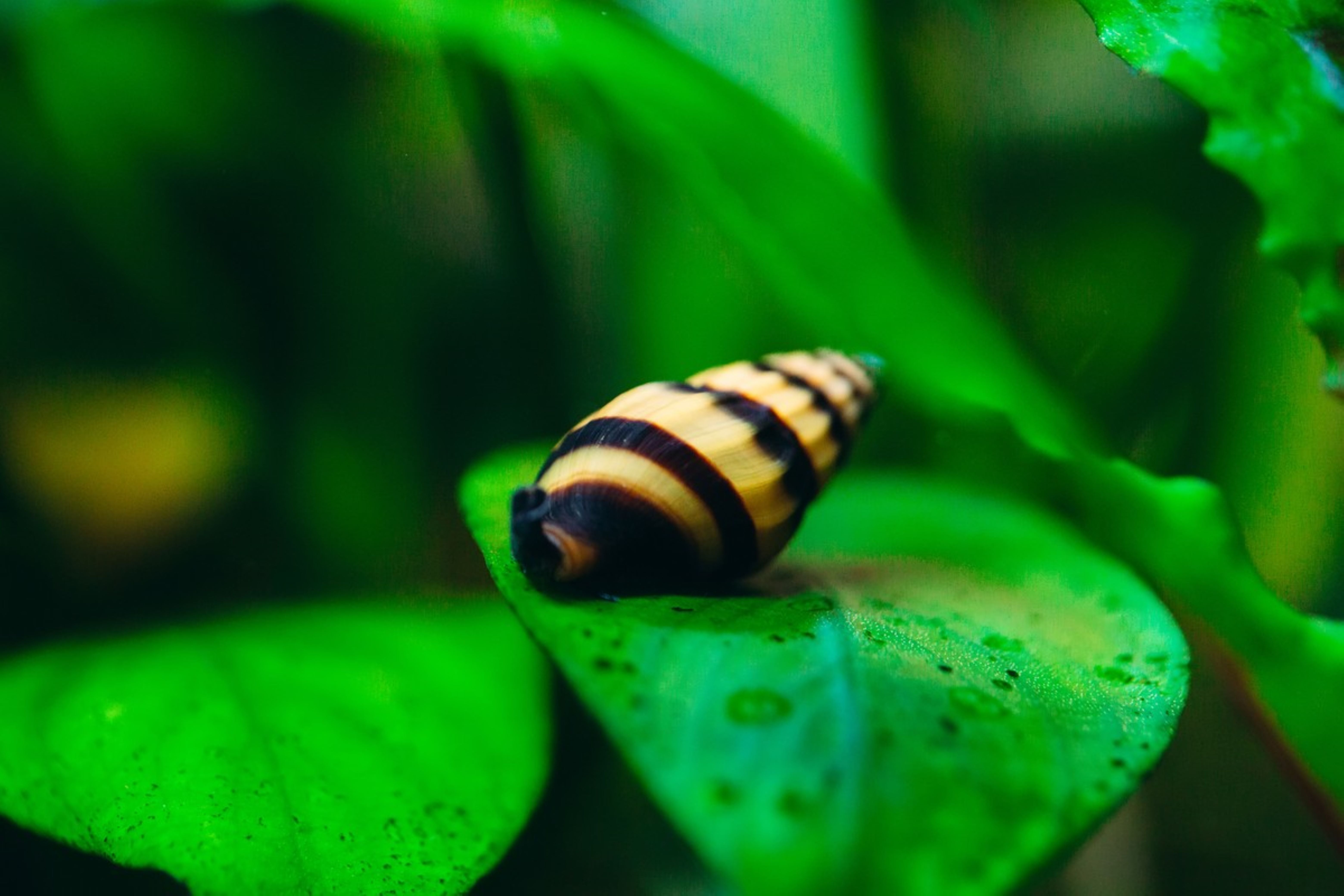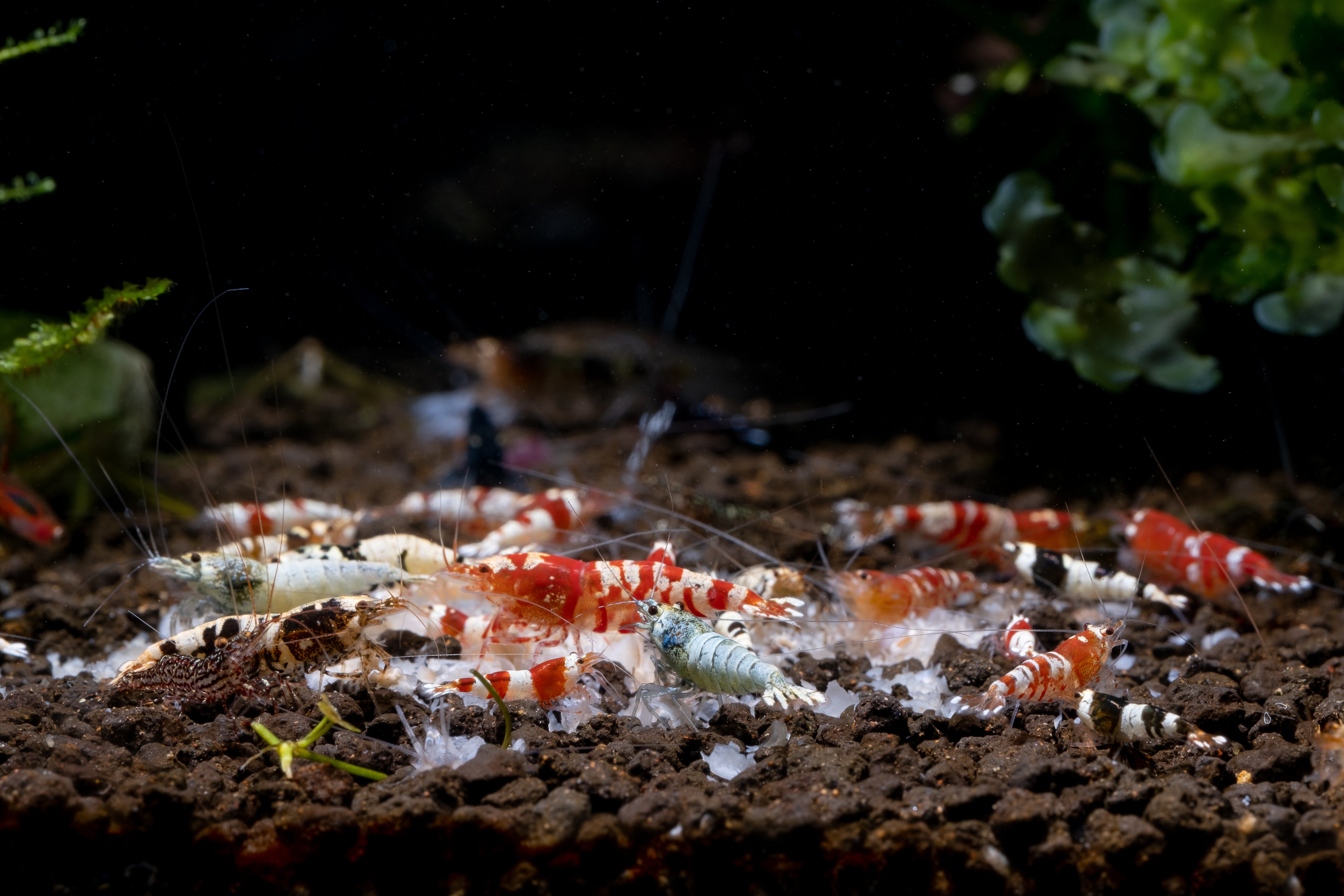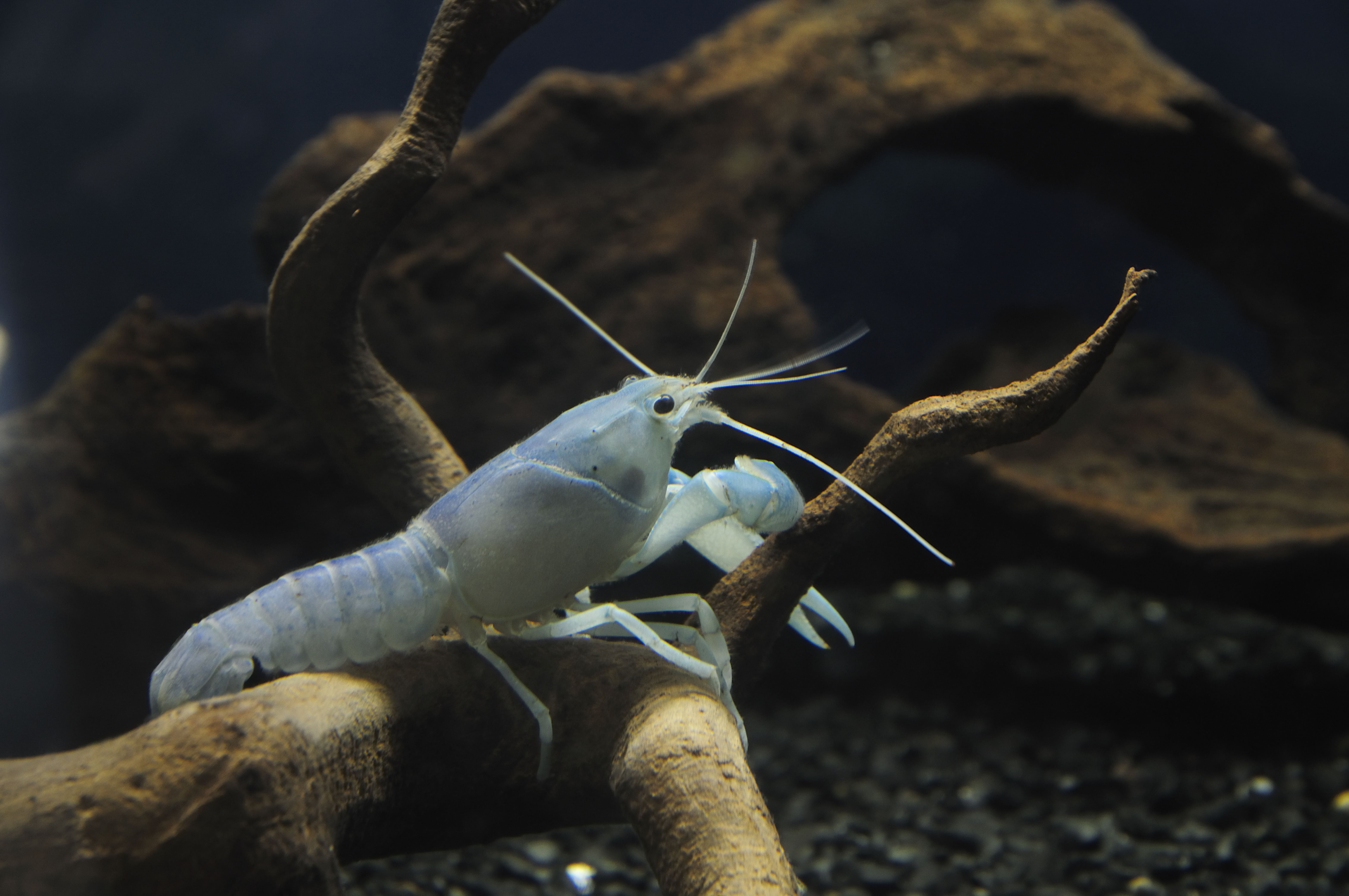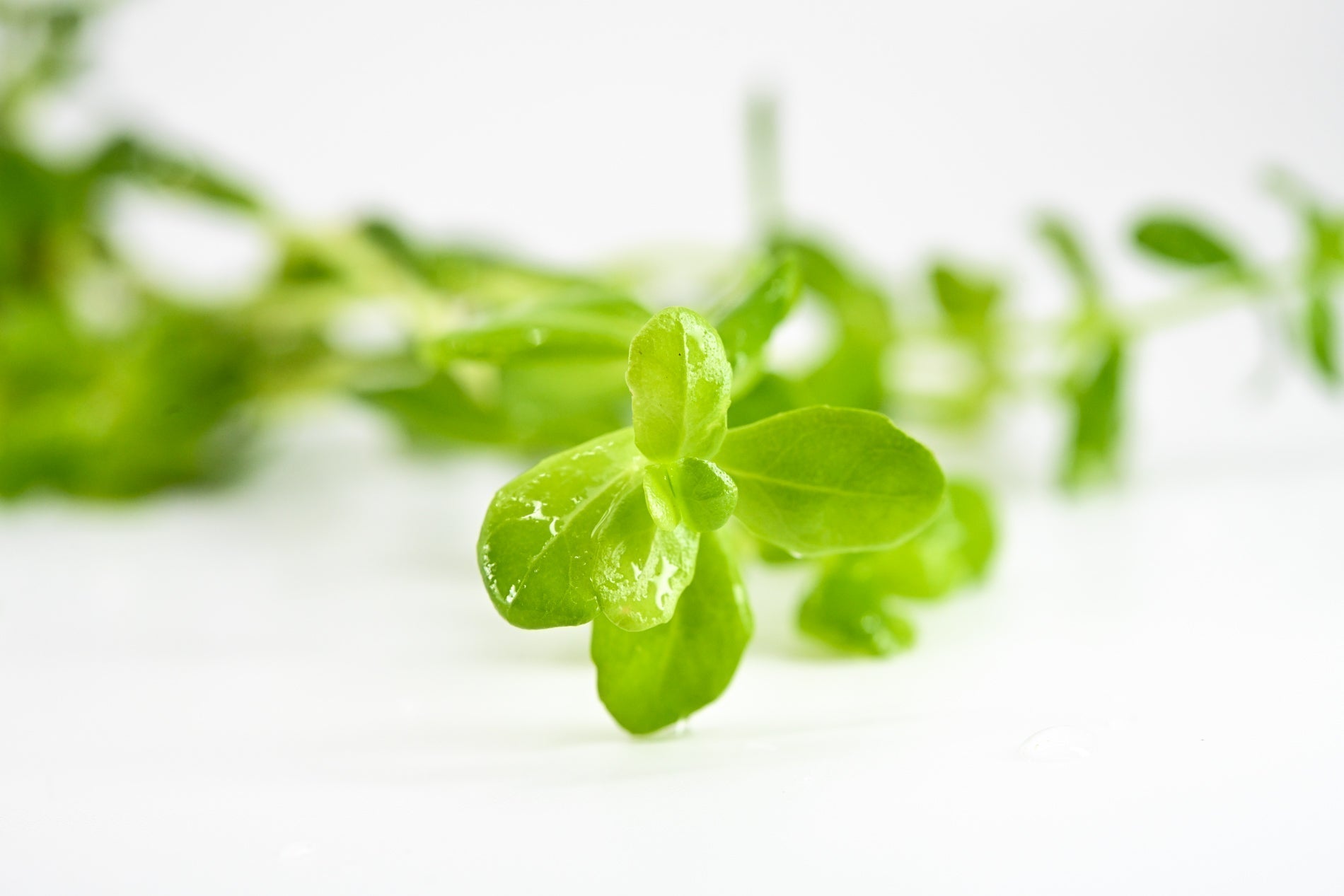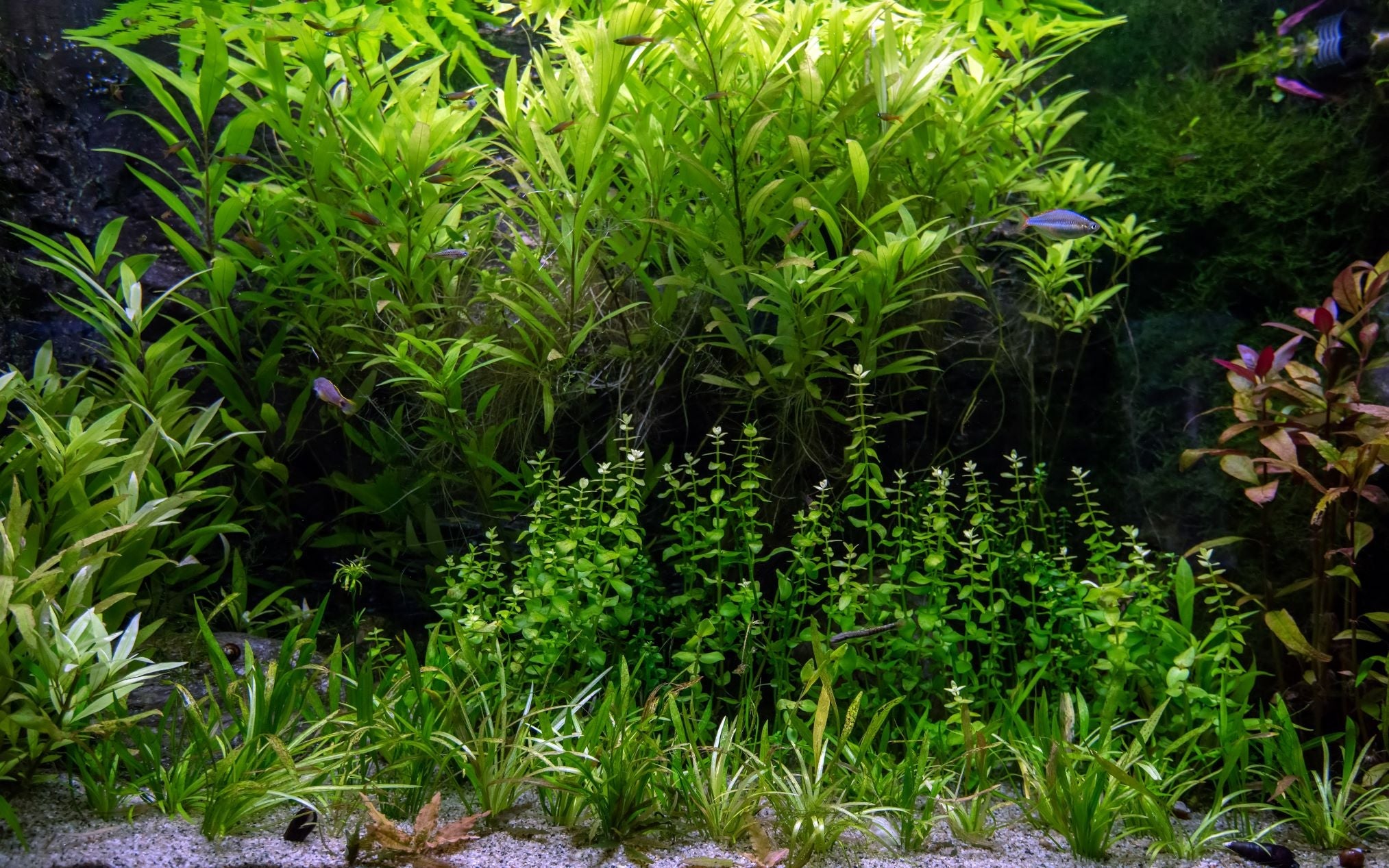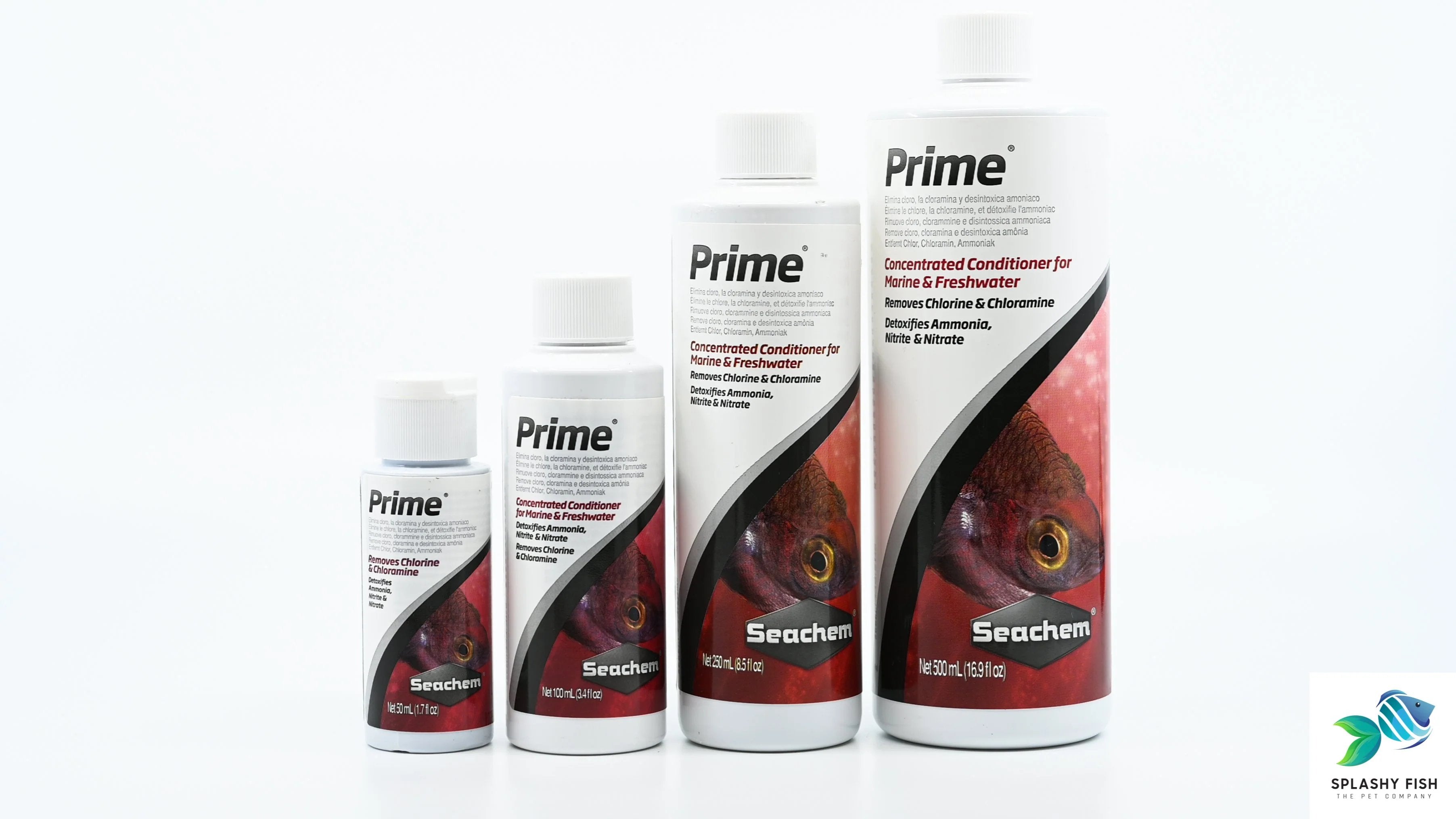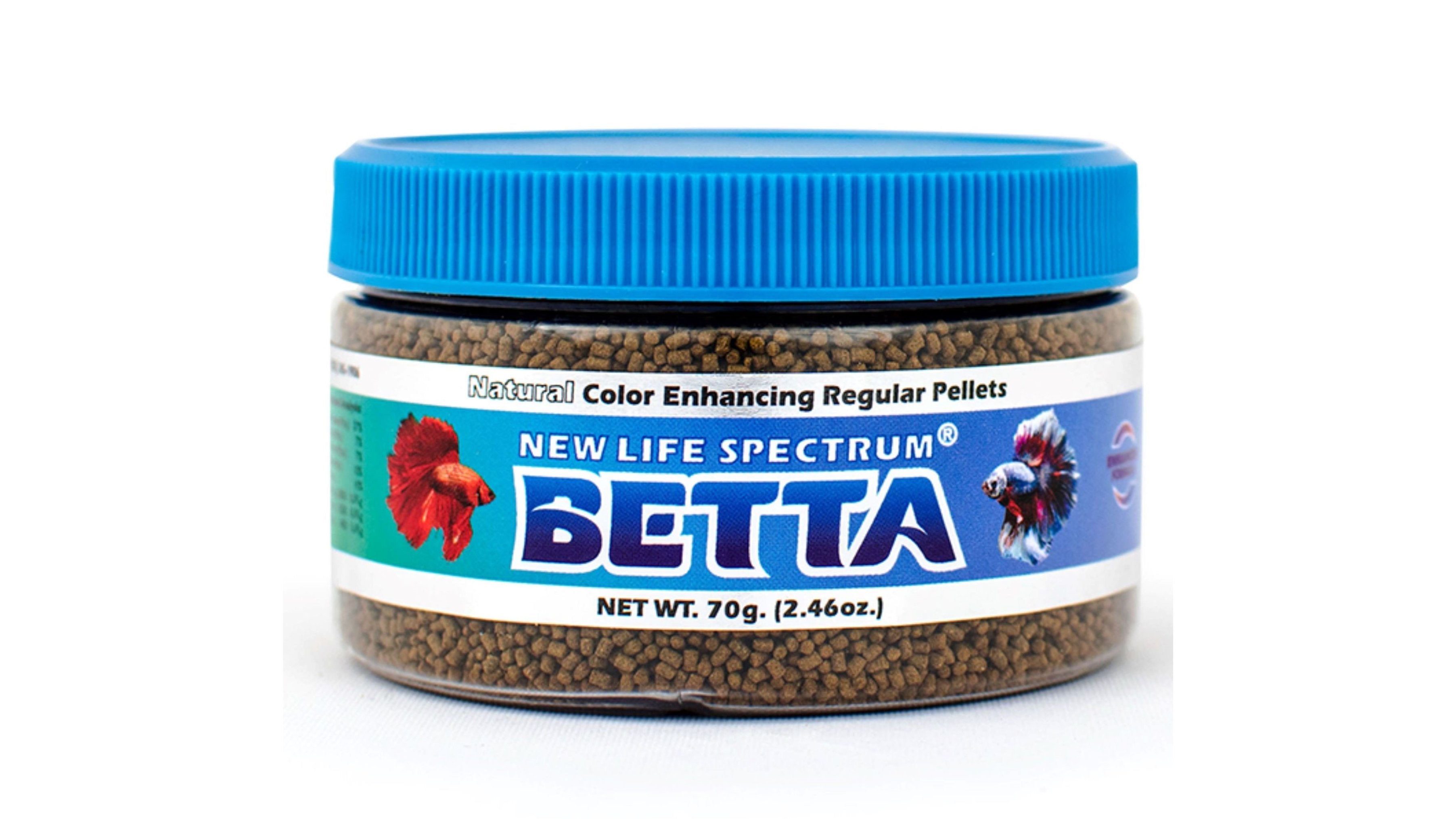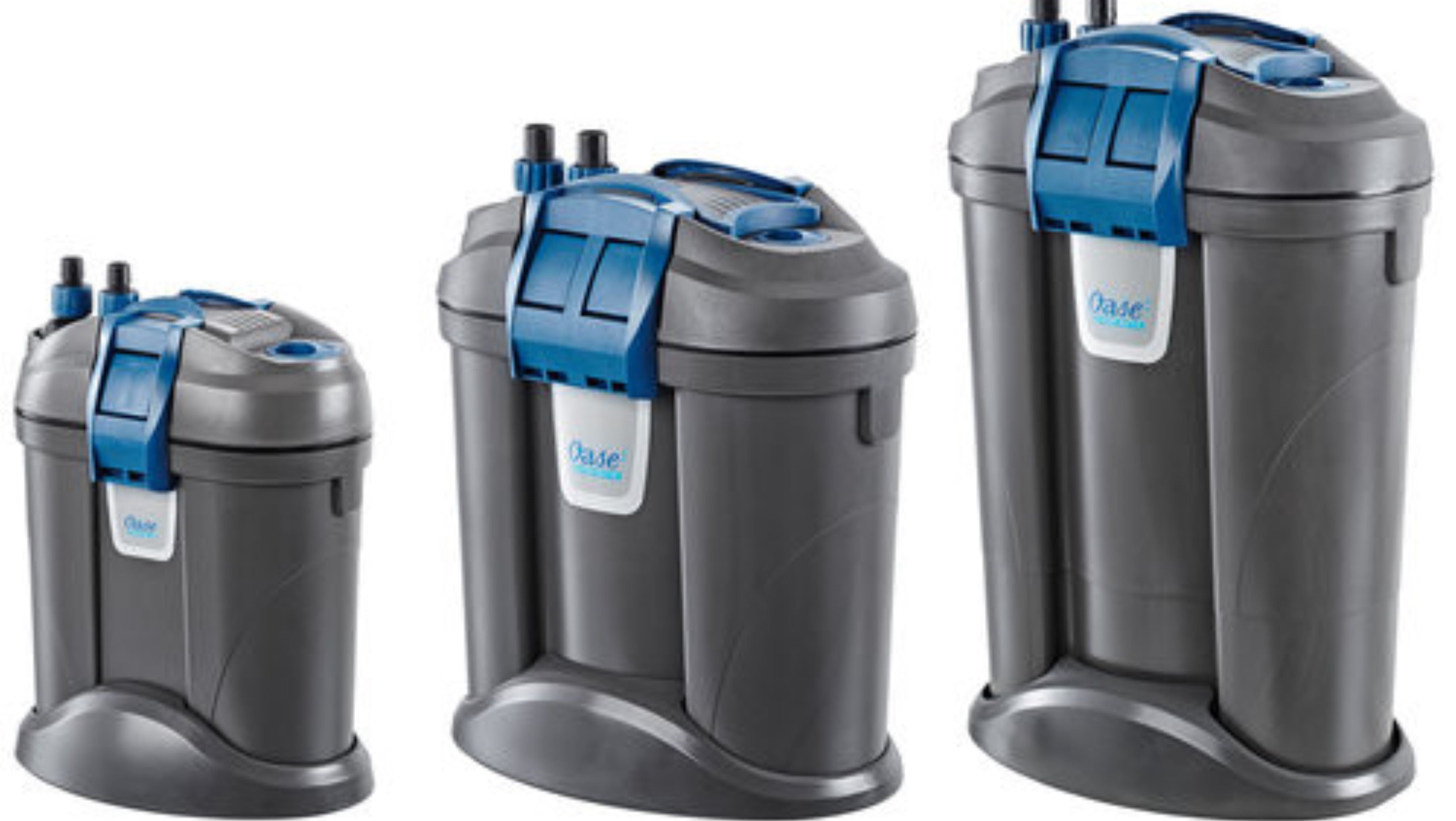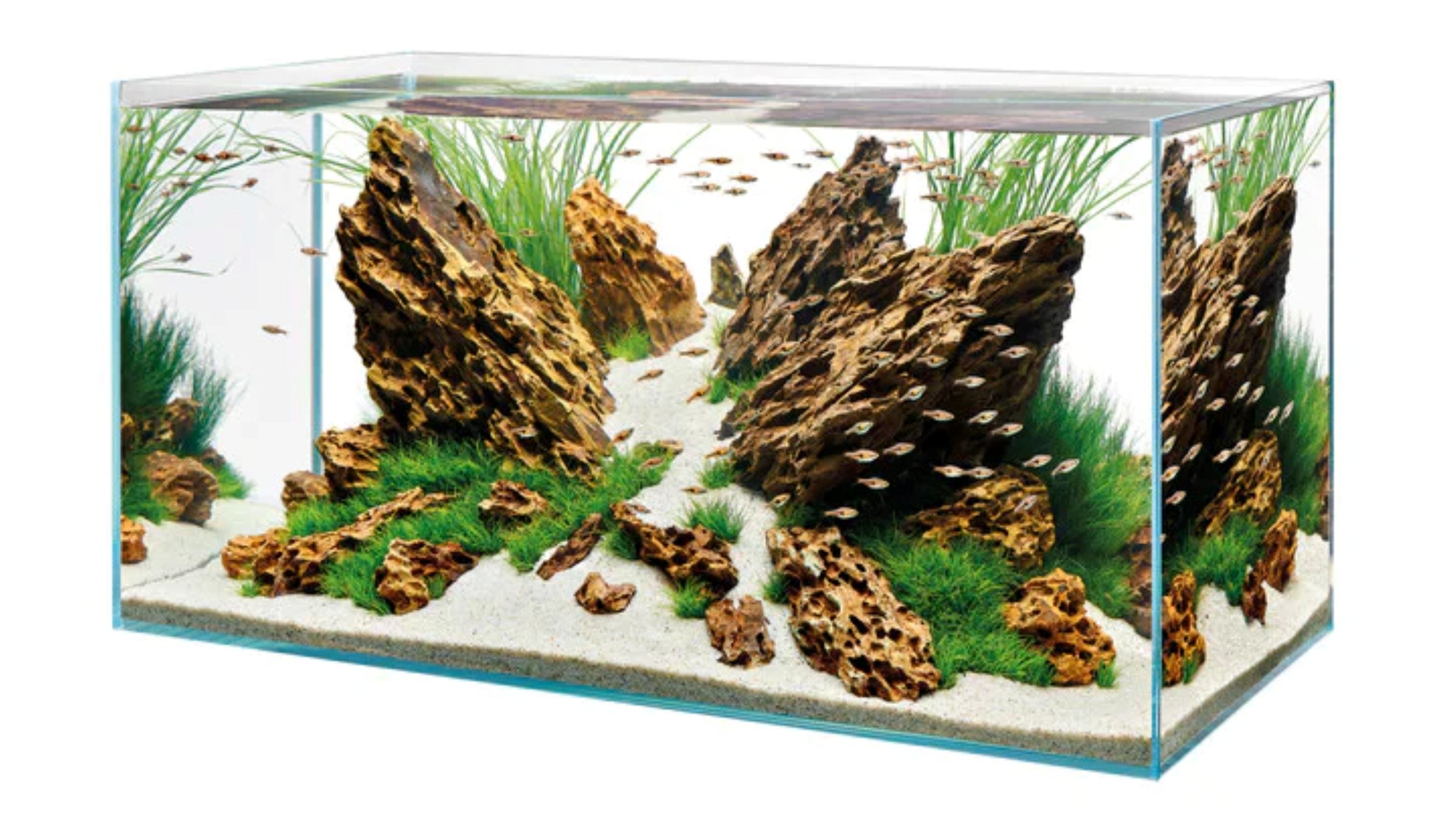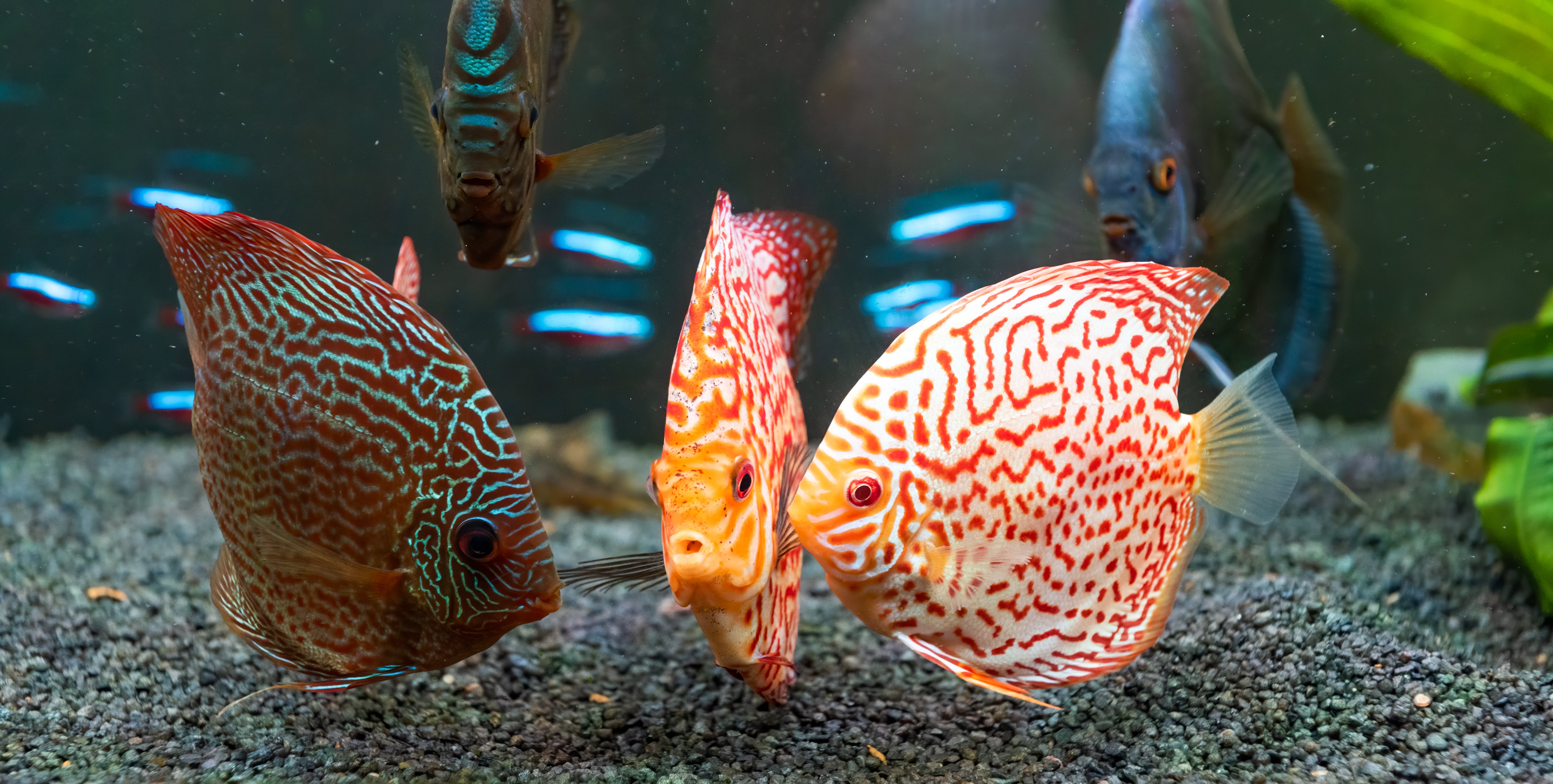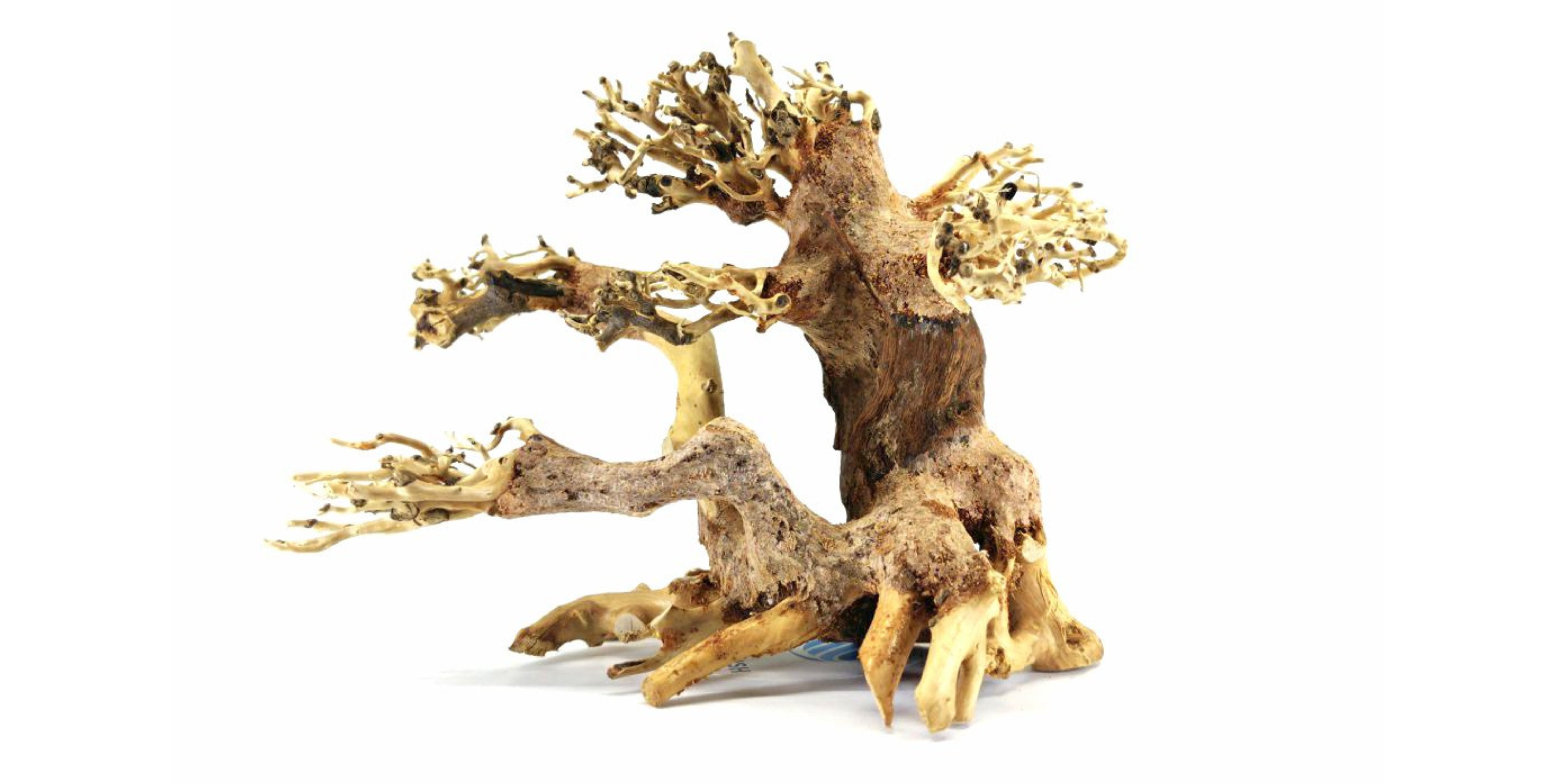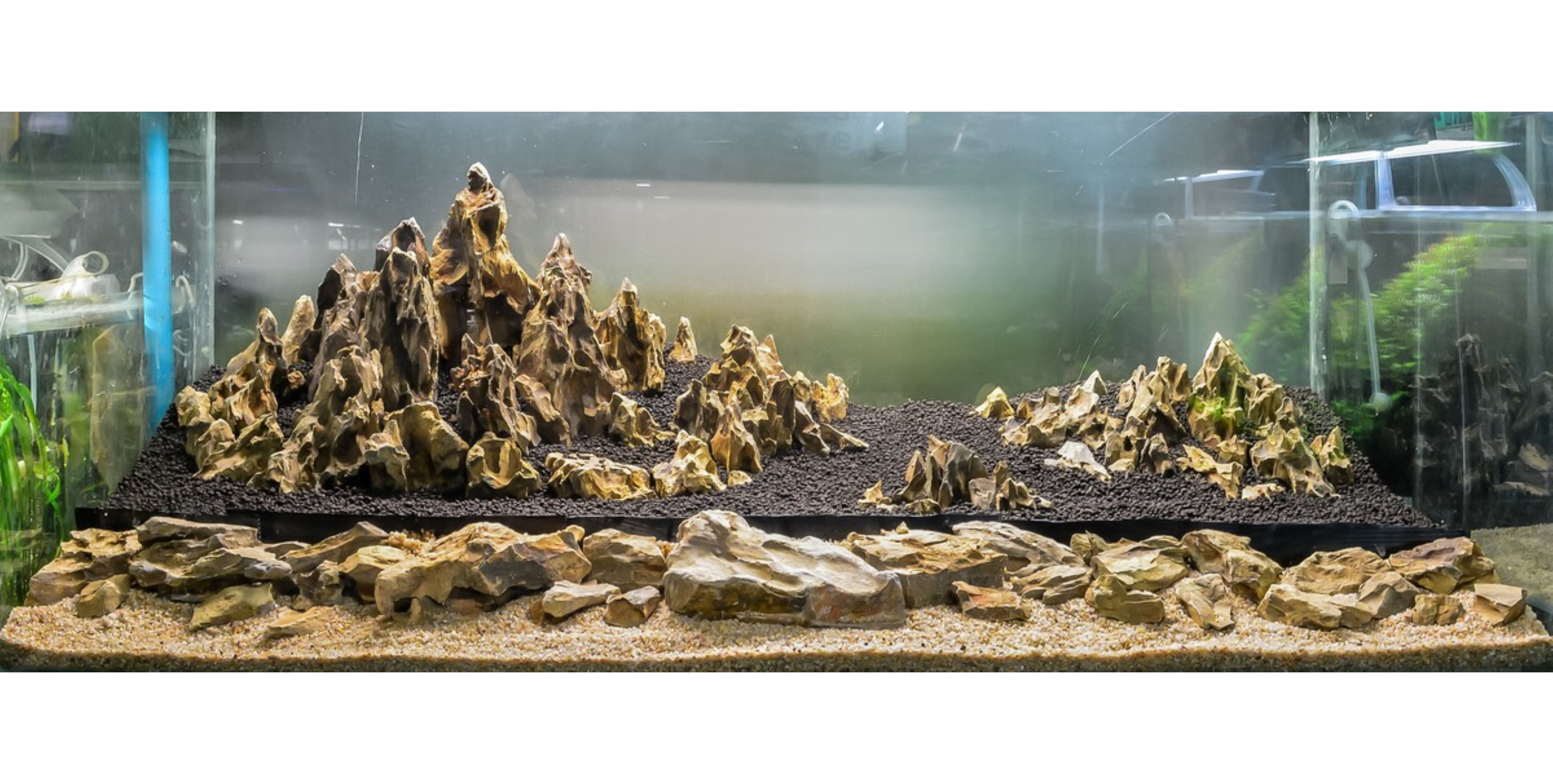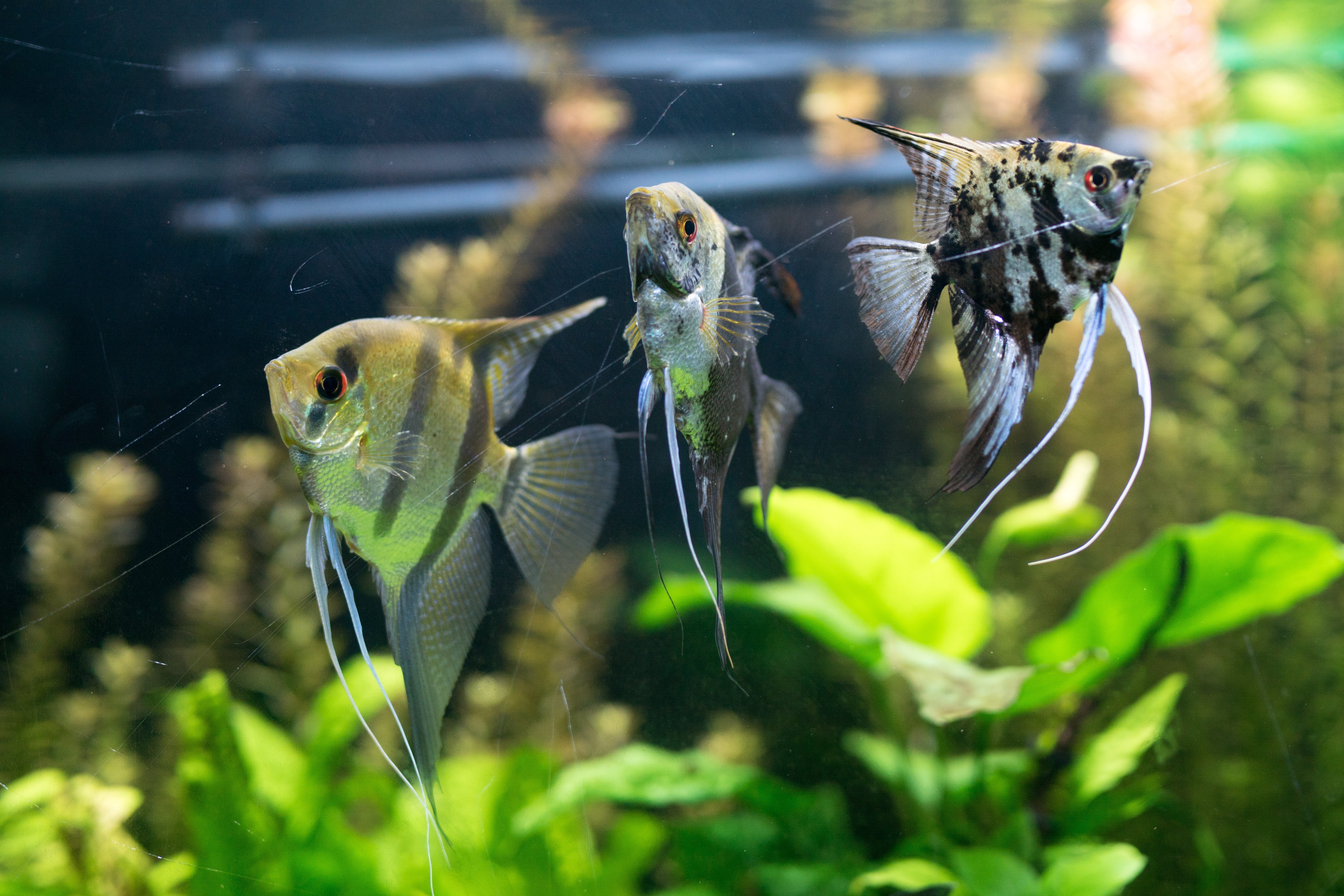Table of Contents
The freshwater angelfish captures fishkeeping hobbyists’ hearts not only by the beauty of its figures but graceful swimming behaviors; additionally, its presence brings joy and vigor to your tank. In this article, let's dive into the ultimate care guide for your Angel Fish to make them thrive in an aquarium with Splashy Fish.
Angel Fish Overview
Angelfish (Pterophyllum) is a small genus of freshwater fish from the familyCichlidae, which is not unfamiliar to many fishkeepers. The Angelfish Species looks like an arrowhead with long and spectacular fins. When it comes to coloration and patterns, one may be overwhelmed since there are many variations from silver, veil, koi, zebra, marble, albino, and many more.
Nonetheless, Angelfish is currently recognized with three species: P. altum (the largest one, its maximum size could reach 15 inches (around 38 cm) when matured), P. leopoldi (it is the most aggressive species of Angelfish also rarely found in fish stores), and P. scalare (relatively small 6 inches (around 15 cm) compared to P. altum, yet the most available species found in the aquarium market).

Angel Fish Appearance
Though thetypes of Angelfishshare similarities in figure, their color and patterns are varied and constantly being developed. At the beginning, you may find a solid color (silver, black, orange, yellow, gold, white) covering the Angelfish’s body. Yet as time goes by, many variations have occurred.
One may have a Marble Angelfish featured with a combination of marbled black, white, orange, yellow, gold, and silver on the body. And another may possess a unique Albino Angelfish of pure white figure with red eyes, yellowy-orange heads, and red-hued tails.
That has not yet mentioned other special markings or colorations, such as Panda, Platinum, or Gold Angel fish. The brighter the fish’s color is, the healthier the Angel fishes may be. Indeed, coloration somewhat reveals the health conditions of the freshwater angel. If this tropical species is in a good mood or thrives in ideal water conditions, it may display the vibrant hues/ optimal colorations. On the other hand, when they get stressed or have health problems, they appear duller.
Angel Fish Behaviors
Are Angelfish aggressive?
It is always fun to find out that not all theCichlids are that aggressive. In fact, some are considered peaceful or semi-aggressive; the mentioned includes Angelfish fish.
Despite peaceful disposition, Angel fish do sometimes show belligerent behaviors towards the same species, or those having similar reflection. Further, they will not hesitate to eat any other fish that can fit into their mouth. This has nothing to do withAngelfish’s temperament. They are regarded as predators. Hence, preying on the targeted fish (normally the small ones) is their natural instinct. However, if kept with the appropriate tank mates in ample space, Angelfish surely will not be the first to mess with the others.
Are Angelfish active during daytime?
Yes, they love to alert everyone nearby of their presence. Angel fishes especially enjoy dwelling in the mid-levels of the tank, weaving in and out of aquarium plants. A school of them in different appearances raised as the centerpiece of the tank will brighten the whole fish community.
Angel Fish Natural Habitat
Angel fish are known to be indigenous to a large area of tropical South America, including much of the Amazon River system. There lies quiet and slow-moving water, which tends to be swampy and covered with lots of vegetation. Riverbed is often soft and sandy.
Angelfish like to dwell in dimly lit areas, under overhanging vegetation, or among trees that fall into the river. In a wild habitat, their appearance is not as colorful as that of the captive-bred. Most wild-caught specimens are found relatively dull or in silver coloration with vertical stripes. They are also rarely encountered in the aquarium hobby. MostAngelfish for sale these days are captive-bred. Due to its unique body shape, it could be said that Angelfish are one of the most sought species for breeding purposes.
Set Up An Ideal Angel Fish Tank
What is the right tank size for Angelfish?
Angelfish grow and expand not only in length but in height as well. Hence, the fish absolutely prefer tall aquariums to long ones as these containers fit them and allow enough space for them to swim as well as interact with the fish community. Subject to the number of Angelfish you intend to raise, room for other fish, and aquarium devices and decoration,a 20-gallon tank could fit a single Angelfish, while a 55-gallon tank could nurture a group of five to six juvenile Angelfish. If you keep more than that number, you could consider the ratio of an extra 10 gallons per extra fish. It has worked well for most cases.
Angel Fish Water Parameters
Like other fish, Angelfish need the right water parameters to survive. As a hardy species, Angelfish can accept a wide range of water conditions, although they prefer slightly warmer water ranging from 78° to 84°F (26° - 29°C). pH levels could be adjusted to be neutral, with the preferred range from 6.0 to 8.0.
- Ammonia and Nitrite: 0 ppm
- Nitrate: less than 20 ppm
- GH: 50 – 150ppm
- KH: 3-8 dKH
- pH: 6.0 – 8.0
- Water change: 10% once a week or 25% every other week
For Angelfish, extremely clean and well-cycled water is crucial to ensure their happy life. Hence, make sure you perform water changes regularly and diligently. Use a goodaquarium filter for your tank, and treat tap water (if you fill the tank with tap water) with water conditioner so it will always be in a state appropriate to your lovely Angelfish.
It is further noted that the freshwater Angelfish are unable to tolerate copper. Thus, you must be careful to check this substance in your aquarium. High-demanding as the fish are, they are really not the option for aquarium beginners.
What else do I need to do when setting up Angelfish tanks?
In order to let the fish feel comfortable and secure, imitating its wild habitat conditions in home aquariums is just as important. By adding live aquatic plants (such as Amazon Swords, Anacharis, Java Fern, and Java Moss) and aquarium decor like driftwood or rock caves here and there in the tank, your Angelfish could feel at ease and become more active, swimming gracefully. Further, these aquarium decorations sometimes act as refuges for Angelfish to hide when threatened.
Soft fine substrates such as sand or fine gravel are mostly preferred as they allow Angelfish to dig (their favorite activity) into and forage for food without injuring the fish’s body. Water currents should be monitored in calm and slow-moving flows, replicating their natural environments.
Angelfish get used to a lot of light and need day/night cycles to thrive. Hence, if your room does not meet the requirements, equipping the fish tank with anaquarium LED light that turns on for between 8 and 12 hours per day is necessary.
What Do Angel Fish Eat?
Fortunately, Angelfish are pretty easy when it comes to diet. They will take all sorts of fish foods, whether floating or sinking. In nature, the fish are found foraging along the bottom looking for worms and small crustaceans; yet in aquariums, they often feed at the surface or mid-levels of water.
Their favorite meals include tubifex worms, freeze-dried bloodworms, krill flakes, brine shrimp, and live water fleas. Apart from live foods, Angelfish are omnivores, which means you should vary their diet to ensure they get sufficient nutrients. Often, providing the fish with a small amount of high-fiber plant food, such as blanched spinach or zucchini, is highly encouraged.
As a good rule of thumb, feed your Angelfish two meals per day with an amount sufficient for them to consume within 2 to 3 minutes. Then, remove the leftover food to keep the tank water in a clean condition.
What Fish Can Be Kept with Angelfish?
This is going to be an endless list. In fact, a lot of species could be good neighbors of Angelfish, which include larger Tetra fish and Rasboras, Gouramis, peaceful Barbs, Rainbowfish, Corydoras, Mollies, Plecos, and other medium-sized Catfish.
When considering Angelfish tank mates, remember they are predators and tend to prey on small fish. Hence, avoid those that are relatively small in size. In addition, since Angelfish possess long, gorgeous fins, you should also stay away from those species known as fin-nippers. Make sure the candidates you choose can thrive in similar living conditions set for Angelfish and not outcompete them during mealtimes
Angel Fish Breeding
Is Angelfish breeding difficult?
It is intermediate. Adult Angelfish will pair off and spawn naturally when the season comes. To cause the breeding to happen, you first have to identify the pair.
Unless you’re an experienced Angelfish keeper, it can be a little bit hard to recognize the differences between males and females. Therefore, the easiest method of getting a breeding couple is to buy a group of specimens containing both males and females. Raise them together and wait for them to pair off. Then, pick the best-looking pair and move them to your well-prepared breeding tank.
How often do Angelfish lay eggs?
Angelfish readily breed every one to two weeks, with each successful spawn producing up to 400 eggs. The eggs are typically laid on vertical surfaces (like a stiff leaf, filter pipe, or a section of aquarium wall), and will hatch in 2 to 3 days, subject to tank temperature. The parent Angelfish will look after the fry for up to a month. Nonetheless, it is reported that the first couple of spawns often fail because the new parents can end up consuming them. Hence, if you find your situation is similar, don’t panic. Angelfish need time to get used to their babies. They soon have experience and show parental care for the next spawns.
Conclusion
Now, are you ready to introduce this fish to your aquarium? At Splashy Fish tropical fish store, we supply a wide range of Angelfish, which come from reliable sources. We further guarantee that all of our Angelfish for sale will go through the quarantine process for a period of 14 days before sale. We care about the quality and strive to provide you with the best we can. Visit our website to buy freshwater fish for sale, freshwater shrimp for sale, aquarium plants for sale, and aquarium supplies.
Angel Fish Care Frequently Asked Questions (FAQs)
How long do angelfish live?
Follow the care guide, and your Angelfish will grow up joyfully in captivity and be less prone to common illnesses of freshwater fish such as fin rot, ich, and dropsy. Angelfish can then live up to 8 to 12 years.


